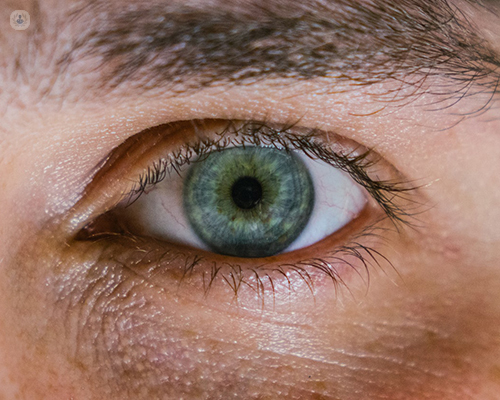


What is glaucoma drainage devices surgery?
There are several ways to treat glaucoma. In some cases where conventional and laser surgery has failed a specialist may suggest implant surgery, which is also known as aqueous shunts or glaucoma drainage devices. These names all refer to the same thing. The implants enhance standard glaucoma surgery through the positioning of a device that helps keep the surgically-created drainage opening from healing and closing down. However, control of eye pressure using a shunt does mean that vision that has been lost from glaucoma is restored but helps it from becoming worse.

Why are aqueous shunts (drainage devices) needed?
The objective of surgical procedures for glaucoma is to reduce intraocular pressure (IOP), which is a result of impaired aqueous humour (the clear fluid filling the space in the front of the eyeball between the lens and the cornea) drainage in the trabecular meshwork and/or the Schlemm’s canal. An implant, or aqueous shunt, is used to decrease the pressure inside the eyes of patients with high eye pressure or uncontrolled glaucoma.
What are the different types of aqueous shunts?
There are many types of shunts available but the two brands that are most commonly used work in a similar fashion. They are made up of a small silicone tube, which is attached to a plate. The tube takes the aqueous humour from inside the eye and drains it to the plate which sits on the white of the eye. It sits behind the eye. The two different types are the:
What happens during drainage devices surgery?
An aqueous shunt or tube is put into the eye during surgery to allow excess aqueous humour to drain. The ophthalmic surgeon places a plate towards the back of the eye, where it will form the small blister or ‘bleb’ where the excess fluid will drain to. The bleb is not visible as it is at the back of the eye. The patient cannot feel the fluid flowing through the tube.
What are the risks of drainage devices surgery?
After the operation, the vision may not be as sharp as before but if the doctor feels that the patient needs this operation, it is because they feel that they are in danger of losing sight altogether. Other symptoms that may occur after the procedure may include excessive pain, a sticky eye with discharge, a sudden darkening of vision, shadows or flashing lights on vision. Any of these may mean that the patient needs more treatment.